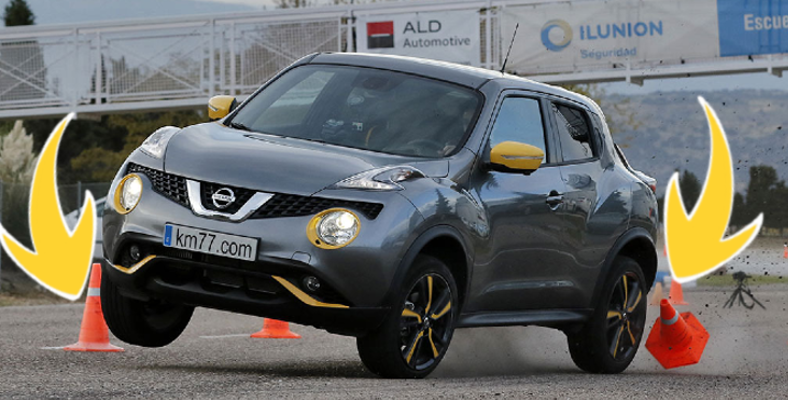The deer test, or evasive maneuver as it is also known, is the reaction of a car when it encounters a sudden situation. Things are easy on a flat road or in flowing traffic, but what if a person or animal suddenly appears in front of you? That’s when things can get complicated.
The important thing at this point is whether your car can perform the maneuver correctly. In the deer test, which is of great importance for vehicles, Unexpected failures can occur in unexpected cars.
Alright, Even some new cars failing this test What is the reason?
For example, while driving in Sweden It is quite common for deer to jump onto the road. and for this reason the test in question is called the deer test.
In traffic, when braking alone is not enough to avoid an accident, you can use it to avoid a collision. It is possible to encounter many situations that require maneuvering.
Of course, these sudden maneuvers also The vehicle must not go out of control or roll over. The deer test serves to measure exactly this ability of automobiles.
These tests are carried out with the passengers present and the luggage fully loaded.
The speed is usually between 64 and 80 km/h. This speed may not seem high for the deer test, but the space to maneuver is quite narrow. Also, this test is not a one-time test. Speed is increased gradually for each vehicle model and this test is applied over and over again.
Actually the deer test; It gained worldwide popularity in 1997 with the unsuccessful test result of the Mercedes A-Class, which surprised the automobile world. A-Class is a tall car relative to its wheelbase and This causes the center of gravity to be higher.
When the vehicle is full of passengers and luggage, the center of gravity is higher and that is exactly why the test is carried out when the vehicle is loaded. This is the worst condition.
When the vehicle maneuvers, an outward force occurs, which affects the vehicle’s center of gravity.
The higher the center of gravity is from the ground The force affecting the vehicle is also greater. In fact, this situation can be considered as a kind of leverage principle.
On the other hand, although Mercedes ignored this problem at first, it later acknowledged this problem and recalled thousands of vehicles. Engineers added electronic stability control to the vehicle and by reworking the suspensions It solved the problem.
But in recent years, many popular cars, It fails the deer test due to the same problem.
In a test first carried out with a Citroen Nemo in 2010, the vehicle rolled over.
Again in this situation short wheelbase and high center of gravity it causes. In 2016, Toyota Hilux narrowly avoids overturning during the deer test. Hilux is an off-road vehicle, but at the same time, it must have sudden maneuverability in case of a pedestrian in front of it while moving through traffic.
Since Hilux is a pick-up type vehicle, its center of gravity is higher than any other car. In addition, when there is a load on the chassis, this center of gravity rises even higher and this causes the vehicle to suffer from unexpected maneuvers. causes a high force to act.
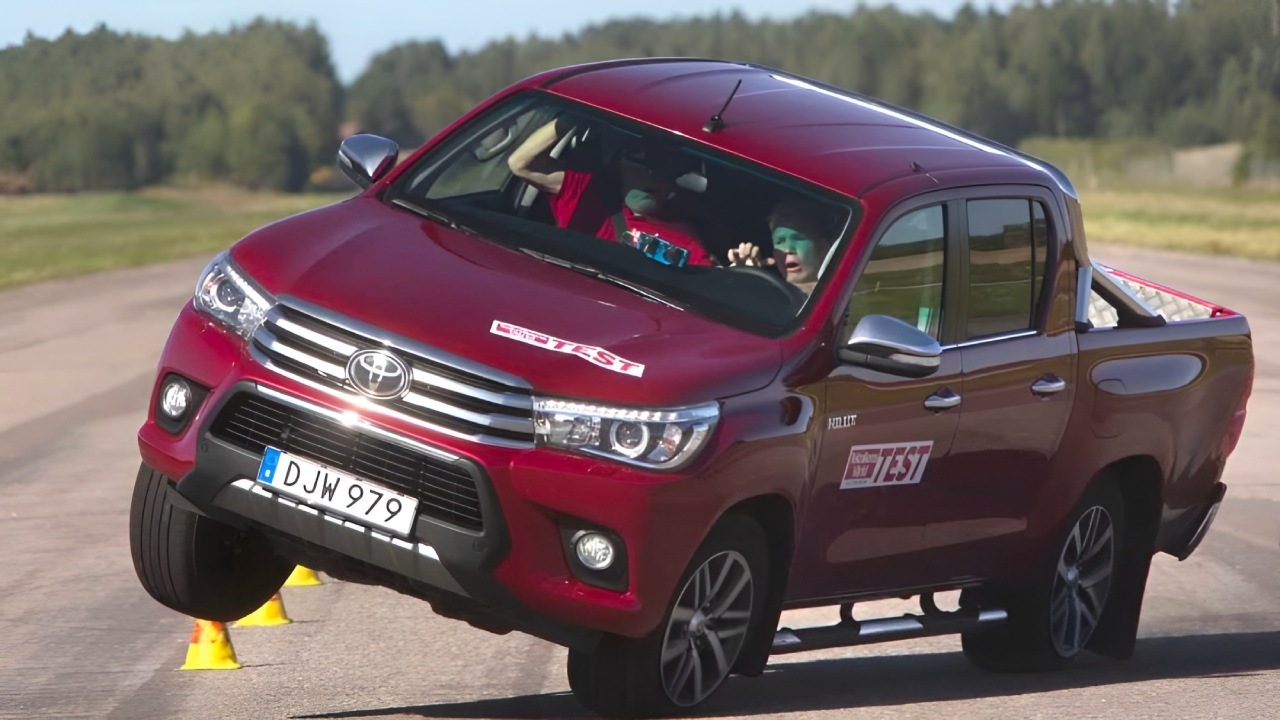
Again, the suspensions of this vehicle are also quite soft, which It causes the vehicle to lean more to the side during maneuvers.. After this problem, Toyota engineers try to reach a consensus on how to solve the problem.
4 months later Toyota updates Hilux’s electronic stability control and increasing tire pressures by 0.3 bar This solves the problem and the vehicle thus successfully passes the deer test.
The vehicle that was subjected to the deer test in 2020 is the Toyota RAV4.
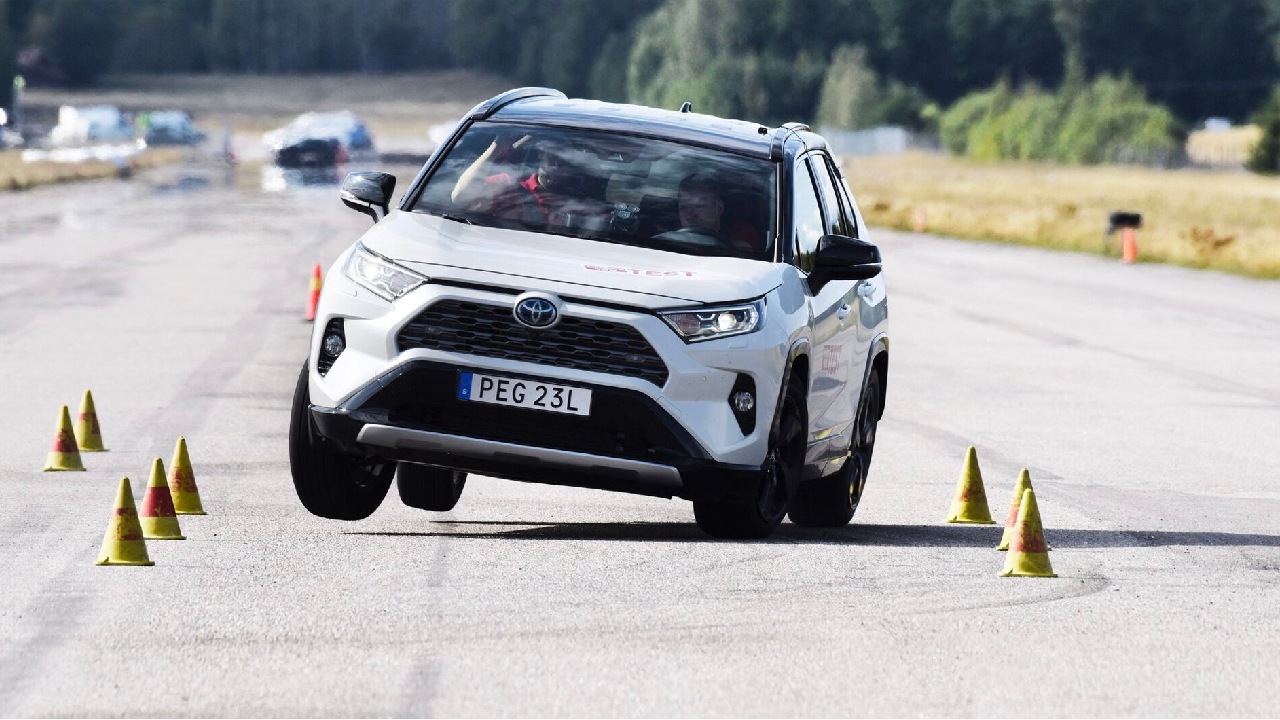
This vehicle performs very poorly in the deer test, skidding. The reason for this is ESP, which is an electronic control system that ensures that the vehicle does not go out of control in case of sudden steering movements. is that it does not restrict the movement of the vehicle sufficiently.
RELATED NEWS
What is ESP in automobiles and what does it do?
Mercedes is one of the first manufacturers to use ESP and is testing the first different vehicles with and without ESP to see what happens. While the vehicle without ESP seems to go out of control during the maneuver and drift. The vehicle with ESP maneuvers stably.
Also at high speeds Rollover is almost inevitable in a vehicle without ESP. In short, ESP is a very important system in terms of security. Accordingly, in 2014, every car produced in Europe was required to have ESP.
In 2012, the Jeep Grand Cherokee model was tested and the tire of the vehicle unexpectedly burst during the maneuver.
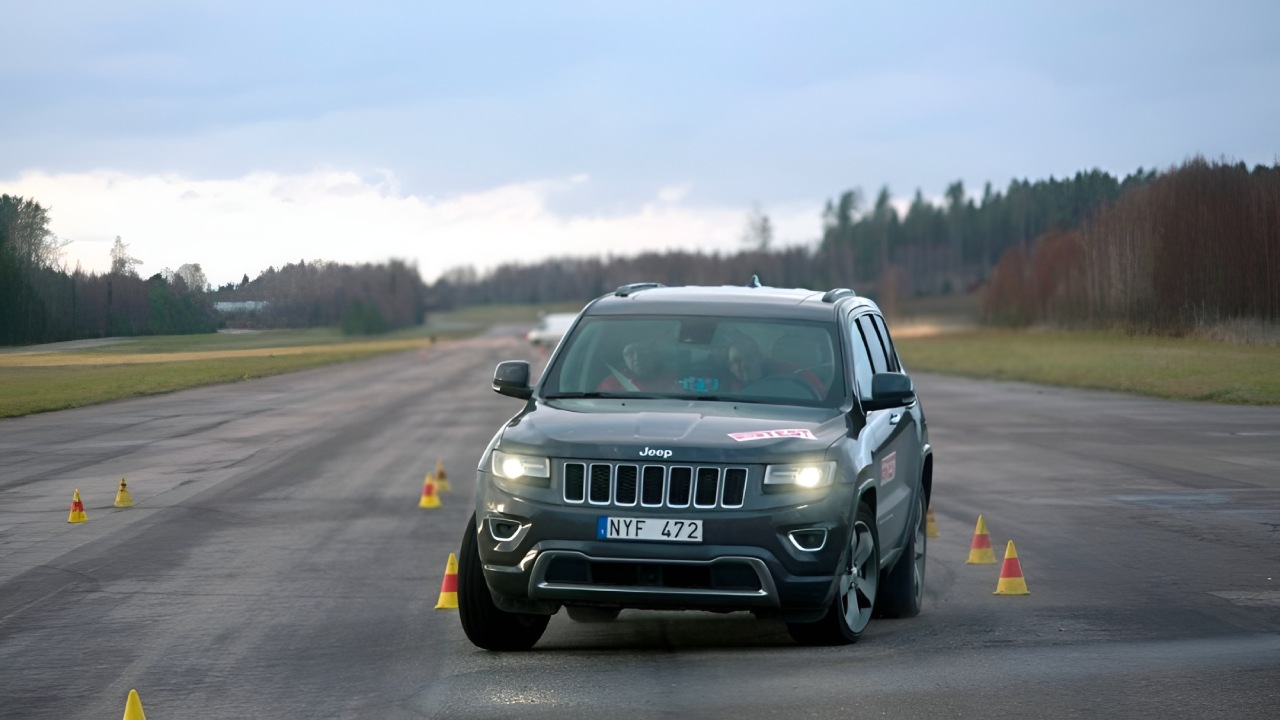
Although Jeep manufacturers do not want to accept this situation, the situation is the same for the wheels in two consecutive tests. The Porsche Macan tested in 2014 has a similar problem. Porsche Macan performs surprisingly well during deer test It locks the front wheels during maneuvering.
In the test carried out on the Hybrid Volkswagen Passat in 2020, the rear of the vehicle swung more than expected and It becomes very difficult to collect the vehicle. The Skoda Superb and Hybrid Mercedes C350 perform similarly.
Because these hybrid models are produced on the gasoline model platform and Since the battery is added later, the weight change is different.
In addition, the Ford Mustang Mach-e tested in 2021 also fails the deer test due to its poor ESP.
One of the most surprising test results belongs to the BMW M4, although it has very good handling. Although the vehicle successfully changed direction during the test the back is blown away. Especially after this result, many people begin to criticize the deer test.
“So, is there any vehicle that has been successful in this test?” If you say, the answer is Tesla Model X. Although the vehicle is an SUV, its center of gravity is lower due to the batteries located on the floor. It is much lower than those with internal combustion engines.
In this way, the vehicle performs very well. In fact, the center of gravity of this model is so low that during the deer test It is almost impossible for the vehicle to roll over.
Introducing the most successful car of the deer test: a 1999 model family car Citroen Xsara.
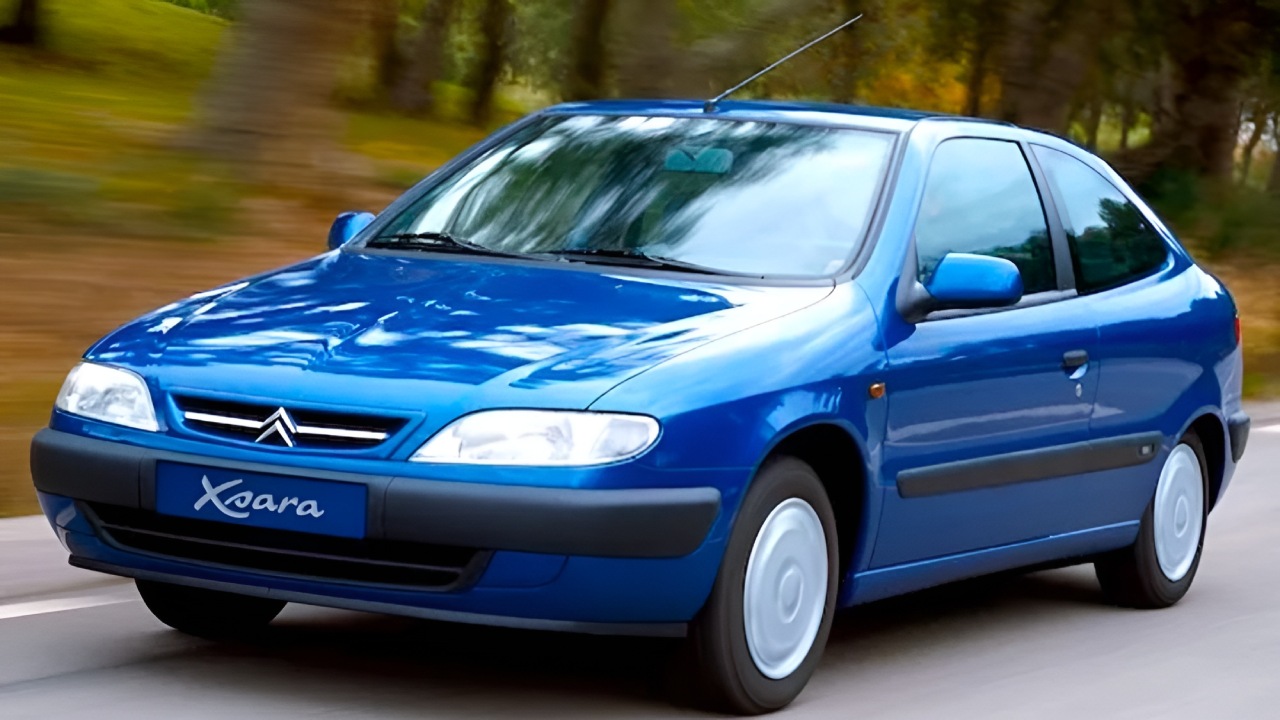
Behind this success is the vehicle’s computer-controlled active suspension system. Hydraulics in the suspension, It can change the existing hardness instantly. Citroen first used this hydraulic suspension in the Citroen DS in 1955.
During bends, in normal suspensions, the load falls on the outer wheels, while the load on the inner wheels is minimized. In the active system of Citroen Xantia The load on the wheels is balanced and thus the vehicle can remain stable in sudden maneuvers.
Our other content that may interest you:
RELATED NEWS
Why Are There No Wipers on the Rear Window of Sedan Vehicles?
RELATED NEWS
Can You Recognize Car Brands From Their Logos? [TEST]
RELATED NEWS
Can You Correctly Guess the Models of These Cars Just by Looking at Their Silhouettes?
RELATED NEWS
Does the Start/Stop System Used for Fuel Saving Damage the Car Engine? Things Change a Little Depending on the Age of the Vehicle!
RELATED NEWS
Does Shifting to Neutral When Going Downhill Really Save Fuel?
RELATED NEWS
What is the System Behind Car Exhaust Spraying Flames? (As Cool As It Is Spooky)
RELATED NEWS
What Should You Pay Attention to in order to Use the Vehicle Air Conditioner Efficiently Without Damaging the Vehicle and the Air Conditioner?
RELATED NEWS
